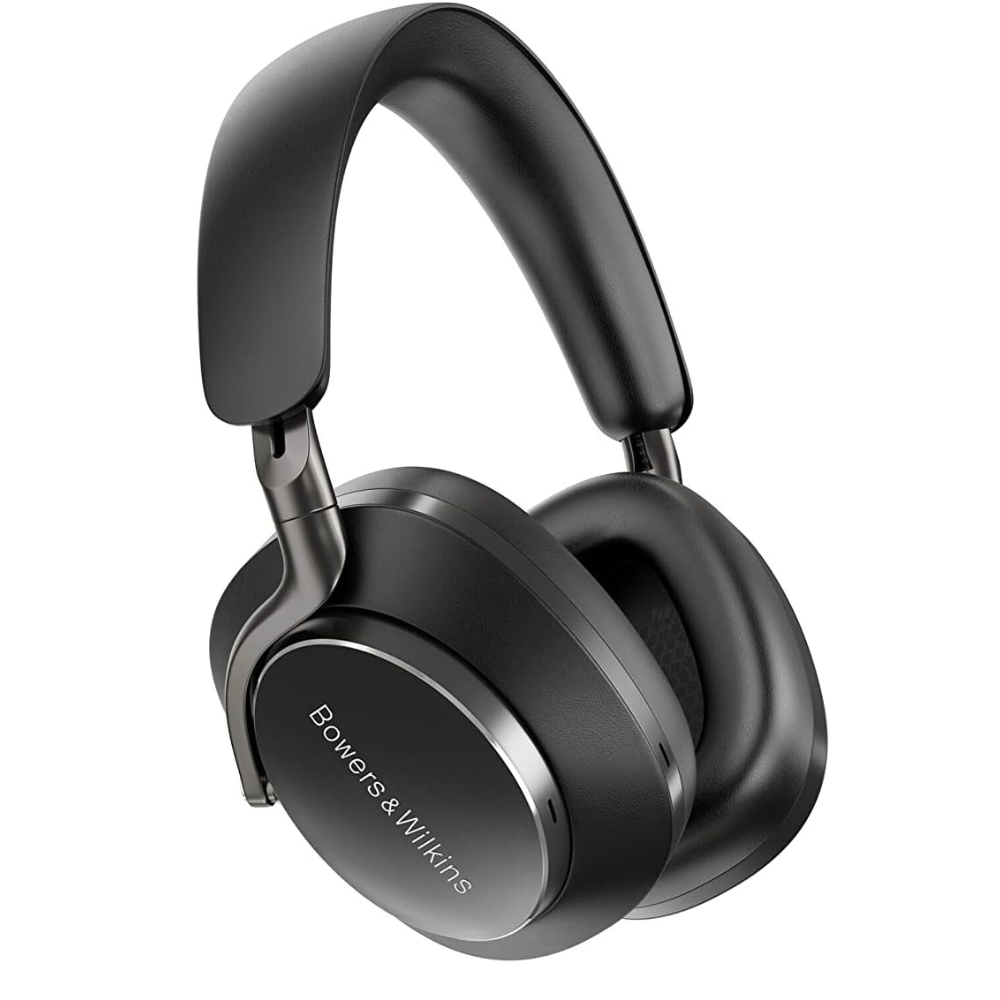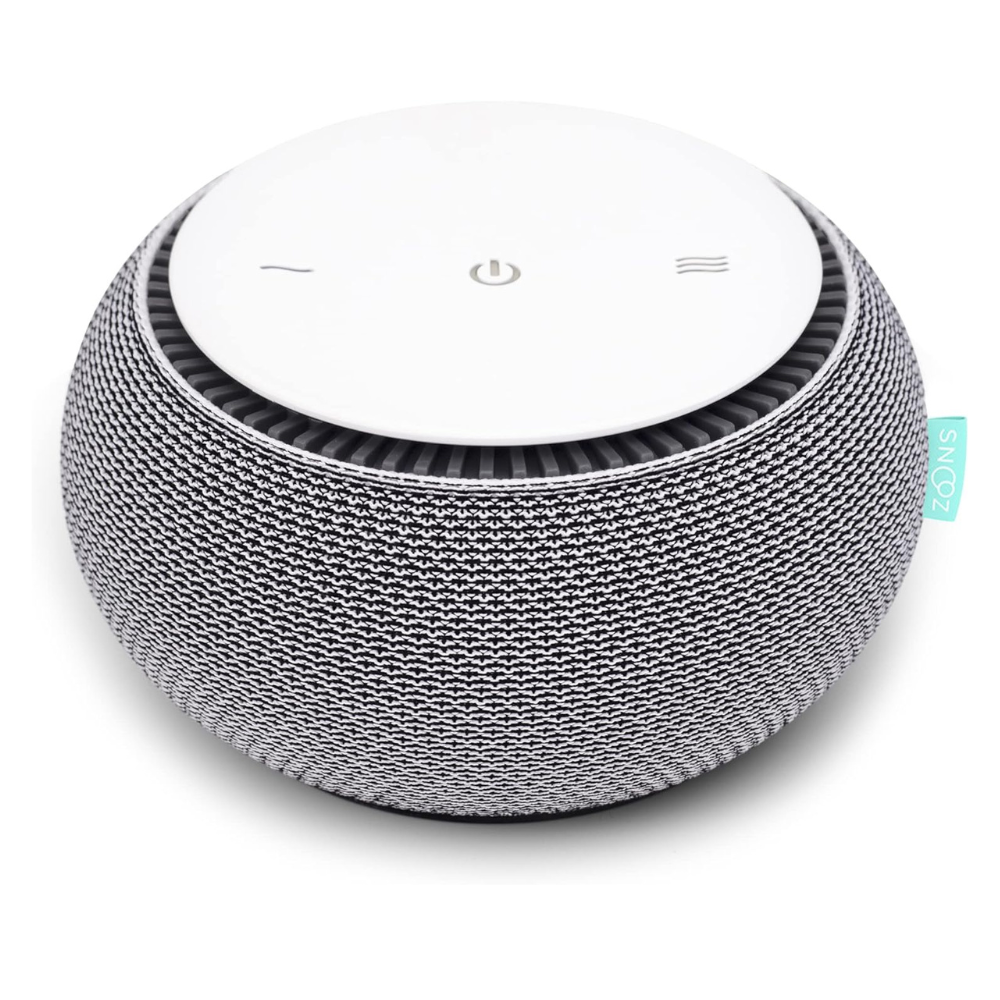The Necessity Of A Noise Reducer In A Noisy World 🔊

In today's fast-paced world, the relentless cacophony of daily life can be overwhelming. The constant barrage of noise, whether from traffic, construction, or other people, can leave us feeling mentally and emotionally drained. This is where noise reducers step in as our silent allies. These invaluable devices, materials, and solutions are designed to minimize or neutralize unwanted sounds, offering a pathway to tranquility and well-being.
Noise reducers come in various forms, catering to diverse needs and preferences. For those seeking physical barriers, acoustic panels and soundproofing materials offer a shield against external noise. These solutions can be seamlessly integrated into home decor, ensuring that functionality doesn't compromise style. Electronic options, such as white noise machines and noise-canceling headphones, provide an immersive auditory experience that drowns out unwanted sounds. Regardless of the form they take, noise reducers have become essential tools in the modern quest for peace and quiet.
Understanding Noise Pollution
Noise pollution refers to the presence of excessive, unwanted, or disturbing sounds in the environment that disrupt the natural balance and harmony. It is typically categorized into two types: environmental noise and occupational noise. Environmental noise includes sounds from transportation systems (e.g., traffic, aircraft, trains), construction activities, industrial operations, and recreational activities. Occupational noise refers to noise generated in workplaces, such as factories, construction sites, and offices, where high sound levels can pose risks to workers' health and safety.
The impact of noise pollution on health and well-being is significant. Prolonged exposure to excessive noise levels can lead to various health problems, including increased stress levels, elevated blood pressure, cardiovascular diseases, sleep disturbances, and hearing impairments. Noise pollution can also have psychological effects, such as irritability, anxiety, difficulty concentrating, and reduced cognitive performance. Furthermore, it can disrupt communication, affect social interactions, and contribute to a decreased sense of well-being and overall quality of life.
The Trend Towards Noise Reduction
Noise reducers are experiencing a surge in popularity for several compelling reasons:
1. Well-being Focus
In an era where mental health and overall well-being have gained prominence, the significance of creating quieter environments cannot be overstated. Extensive research has shown that reduced noise levels are closely linked to lower stress and higher sleep quality. As more individuals prioritize their mental and emotional health, the demand for noise reducers has naturally increased.
2. The Home Office Revolution
With the shift towards remote work, many professionals now find themselves working from home. A conducive work environment is vital for maintaining productivity and focus, and noise is a major distraction. Noise reducers have taken center stage in creating workspaces free from disruptive sounds, allowing individuals to work efficiently without interruptions.
3. Urban Living Challenges
Urban areas, with their burgeoning populations, offer numerous opportunities but also come with the drawback of constant ambient noise. Urban dwellers face the challenge of maintaining their peace amidst the hustle and bustle. Noise reduction solutions have become indispensable for reclaiming one's personal space and fostering tranquility in urban settings.
4. Technological Advancements
Advancements in technology have paved the way for more effective noise reduction solutions. This progress is especially evident in the realm of noise-canceling headphones. These devices now feature advanced algorithms and engineering precision that offer unparalleled control over one's auditory environment. Whether it's the hum of an airplane or the chatter in a bustling office, these devices allow individuals to take charge of what they hear.
5. Health Concerns
Prolonged exposure to high noise levels can have detrimental effects, particularly on hearing. Noise reducers serve as a preventive measure, offering protection, especially in settings where noise levels reach alarming decibels. By choosing noise reducers, individuals invest in their long-term well-being by safeguarding their hearing.
The Benefits of Noise Reducers
Noise reducers offer a multitude of advantages that can significantly enhance our quality of life and overall well-being. Whether it's in our homes, workplaces, or public spaces, these tools play a vital role in mitigating the adverse effects of noise pollution. In this section, we will delve into the various benefits of noise reducers.
1.Improved Health and Well-being
Chronic exposure to high noise levels can take a toll on our mental health. The constant barrage of noise, such as traffic, construction, or even loud conversations, can trigger stress and anxiety. Noise reducers, by minimizing or eliminating these disruptive sounds, provide a sanctuary of serenity. Here's how they contribute to reducing stress and anxiety:
- Cortisol Regulation: Prolonged exposure to noise can elevate cortisol levels in our bodies, a hormone associated with stress. Noise reducers create a more tranquil environment, helping to regulate cortisol and alleviate stress.
- Improved Relaxation: The absence of jarring noises allows for relaxation, reducing the anxiety that noisy surroundings can induce. Quieter spaces provide an opportunity to unwind and recover.
- Mental Clarity: A quieter environment fosters mental clarity and tranquility. This can be particularly helpful in stress-prone settings such as the workplace, where noise reducers can promote a more focused and composed mindset.
2.Better Sleep Quality
One of the most remarkable benefits of noise reducers is their positive impact on sleep quality. Adequate, uninterrupted sleep is essential for our physical and mental health. Noise pollution, such as traffic noise, sirens, or neighborhood disturbances, can severely disrupt our sleep patterns. Noise reducers work their magic by creating a peaceful sleep environment in the following ways:
- Reduced Sleep Disruptions: Noise reducers, especially in residential areas, help mitigate disturbances during the night. These devices or materials absorb or block out external sounds, allowing you to enjoy uninterrupted, restorative sleep.
- Promotion of Deep Sleep: A quiet sleep environment contributes to deeper, more restful slumber. Noise reducers enable you to reach the crucial deep sleep stages that are essential for overall health.
- Mitigation of Sleep Disorders: For those prone to sleep disorders, such as insomnia, noise reducers can be a lifesaver. They provide a quieter atmosphere that is conducive to falling asleep and staying asleep, improving the overall quality of rest.
3.Enhanced Productivity and Concentration
In workplaces and educational institutions, noise pollution can be a significant barrier to productivity and concentration. Distractions caused by co-workers' conversations, ringing phones, or other ambient noises can hinder focus and task completion. Here's how noise reducers contribute to minimizing these distractions:
- Noise Isolation: Noise reducers, such as soundproofing materials, isolate your workspace from external sounds, creating a dedicated and quiet environment for work or study.
- Improved Task Execution: With fewer distractions, employees and students can perform tasks more efficiently. This leads to better work outcomes and academic achievements.
- Enhanced Communication: In open-plan offices, noise reducers can help individuals hear and communicate with colleagues more effectively. They create pockets of quiet in shared spaces, improving collaboration and interpersonal communication.
In addition to minimizing distractions, noise reducers also create a conducive environment for focused work, whether it's in an office, a library, or a home office setting. The benefits include:
- Increased Concentration: A quieter space enhances the ability to concentrate on tasks that require focus. Noise reducers facilitate deep work, problem-solving, and creative thinking.
- Boosted Productivity: When people can work without constant interruptions and distractions, productivity naturally increases. Noise reducers contribute to higher efficiency and better time management.
- Mental Well-being: The ability to work or study in a quiet and focused environment improves overall mental well-being. Reduced stress from noise-related frustrations allows for a more pleasant and productive work experience.
4.Improved Quality of Life
For those living in urban environments or noisy neighborhoods, noise reducers offer a refuge of comfort and tranquility. They contribute to the overall quality of life by:
- Creating a Relaxing Home Environment: Noise reducers, such as noise-canceling curtains and soundproofing, transform homes into peaceful sanctuaries. This can significantly improve daily comfort and relaxation.
- Minimizing Neighborhood Noise: Noise pollution from neighbors or street traffic is a common issue in residential areas. Noise reducers help address these problems by reducing noise infiltration into living spaces.
- Harmonious Living: Quieter homes promote harmonious living, reducing the potential for conflicts with neighbors and enhancing the overall living experience.
In public spaces, noise reducers play a crucial role in creating tranquil and relaxing environments. Parks, recreational areas, and urban designs benefit from the incorporation of noise-reduction strategies:
- Stress Reduction: Peaceful public spaces contribute to stress reduction for visitors. People can escape the hustle and bustle of the city and find respite in quiet, natural surroundings.
- Enhanced Enjoyment: Parks and recreational areas with noise reducers offer enhanced enjoyment. Visitors can engage in activities, relax, or socialize without the disturbances of excessive noise.
- Improved Quality of Experience: Noise reducers in public spaces lead to an improved overall quality of experience for those who visit. These spaces become more appealing and inviting, benefiting both residents and tourists.
Types of Noise Reducers
Noise reducers come in various forms, each tailored to address specific noise-related challenges. In this section, we will explore three primary categories of noise reducers: soundproofing materials and techniques, noise-canceling devices and technologies, and lifestyle changes and adaptations.
Soundproofing Materials and Techniques
1. Insulation and Acoustic Panels
Insulation is a fundamental element of soundproofing that reduces noise transmission between spaces. In residential and commercial settings, proper insulation can be instrumental in maintaining peace and quiet. Acoustic panels, on the other hand, are engineered to absorb sound waves and reduce reverberation within a room. These panels are highly effective in addressing internal noise issues.
- How Insulation Works: Insulation materials, such as fiberglass or foam, are installed within walls, ceilings, and floors. They act as barriers to sound, preventing noise from traveling from one room to another.
- Acoustic Panels: Acoustic panels are fabric-wrapped sound-absorbing boards that can be placed on walls or ceilings. They are commonly used in theaters, recording studios, and open office spaces to improve sound quality and reduce noise levels.
2. Sealing Gaps and Cracks
Sealing gaps and cracks is a cost-effective way to mitigate noise infiltration. Even minor openings around windows, doors, and walls can allow external noise to penetrate your space. By sealing these gaps, you can significantly reduce noise transmission.
- Weatherstripping: Weatherstripping materials, such as adhesive foam tape or door sweeps, are applied around doors and windows to create a tighter seal. This prevents drafts and noise from entering your living or working space.
- Caulking: Acoustic caulking is a flexible sealant used to fill gaps and cracks in walls, ceilings, and floors. It effectively prevents airborne noise from passing through building structures.
Noise-Canceling Devices and Technologies
1. Active Noise-Canceling Headphones
Active noise-canceling (ANC) headphones are a marvel of modern technology. These headphones use built-in microphones to pick up external sounds and then generate sound waves that are precisely out of phase with the incoming noise. When these opposing sound waves combine, they cancel each other out, effectively reducing or eliminating external noise.

Image Credit-Amazon
- Effective Noise Reduction: ANC headphones are highly effective in reducing external noise, making them ideal for travelers, commuters, and anyone looking to escape into their own world of music or silence.
- Versatile Applications: ANC technology has extended beyond headphones and is now found in various devices, including earbuds and even over-ear hearing protection earmuffs for industrial use.
2. White Noise Machines
White noise machines produce a consistent, soothing sound that masks other disruptive noises. The principle behind white noise is that it blankets the auditory environment, making it more difficult to distinguish other, more bothersome sounds. This helps people relax, concentrate, and sleep more soundly.

Image credit-Amazon
- Sleep Aid: White noise machines are often used as sleep aids, helping individuals fall asleep and stay asleep by drowning out background noise.
- Focus and Concentration: In office settings, white noise machines can be used to create a constant ambient noise that reduces the impact of distracting sounds and conversations.
C. Lifestyle Changes and Adaptations
1. Noise-Reducing Curtains and Carpets
Noise-reducing curtains and carpets are designed to absorb sound and reduce the level of noise in living spaces. These textiles are specially engineered to dampen sound and improve acoustic comfort within a room.
- Curtains: Noise-reducing curtains are made from thick, dense materials that effectively block external noise and dampen sound reflections within a room. They are especially useful for bedrooms, home theaters, and offices.
- Carpets: Noise-reducing carpets are designed with dense padding and pile that absorbs sound, reducing noise transmission between floors and rooms. They are beneficial in both residential and commercial settings.
2. Strategic Placement of Furniture and Objects
The strategic placement of furniture and objects can help break up sound waves and reduce noise reflection within a room. This is particularly valuable in open-concept spaces and environments with hard surfaces that tend to reflect sound.
- Furniture Arrangement: By arranging furniture strategically, you can create physical barriers that help prevent sound waves from bouncing around the room. Items such as bookshelves, couches, and room dividers can all contribute to noise reduction.
- Acoustic Objects: Acoustic panels, diffusers, and sound-absorbing decor items can be strategically placed to improve the acoustics of a room and reduce noise.
Conclusion:
The benefits of noise reducers are far-reaching, encompassing improved health and well-being, enhanced productivity and concentration, and an overall improvement in the quality of life. By addressing noise pollution in our daily environments, noise reducers enable us to lead healthier, more peaceful, and more productive lives. Whether at home, at work, or in public spaces, these devices and materials are instrumental in creating a quieter and healthier world for us all.





